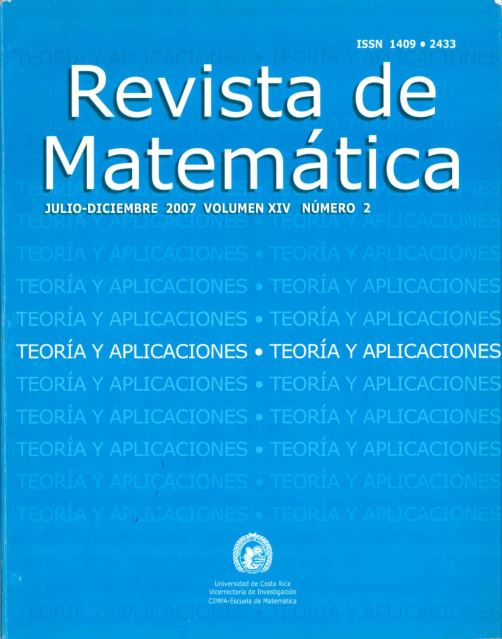Abstract
The statistical analysis of lifetime or response time data has become a to pic of considerable interest to mathematicians and statisticians in areas such as engineering, medicine, and the environmental sciences. Maximum likelihood methods have been one of most important tools to solve problems from ana lysis of lifetime to reliability analysis data. Taking typical problems of several areas and using these methods, it intends motivate to scientists, engineers, and students in censored data analysis. An example is presented about a clinical trial, which was conducted to determine whether a hormone treatment benefits women who suffer breast cancer [3]. On the other hand, an example of the degradation analysis is presented to estimate parameters model fatigue crack-size for an alloy [5]. Finally, it emphasizes on a test procedure for comparing medians in a lognormal two-sample context containing two pollutants [12]. Comparisons are made between the lognormal me thodology introduced here and the non-parametric methods used by Millard [6]. SPLIDA [10] and SPLUS [11] are used to implement the methodologies.
References
Dowling, N.E. (1993) Mechanical Behavior of Materials. Prentice Hall, Englewood Cliffs, N.J.
Feigl. P.; Zelen, M. (1965) “Estimation of exponential survival probabilities with concomitant information”, Biometrics 21: 826–838.
Kalbfleisch, J.G. (1985) Probability and Statistical Inference. John Wiley and Sons, New York.
Meeker, W.Q.; Escobar, L.A. (1998) Statistical Methods for Reliability Data. John Wiley and Sons, New York.
Lawless, J.F. (1986) Statistical Models and Methods for Life Time Data. John Wiley and Sons, New York.
Millard, S.P.; Deverel, S.J. (1988) “Nonparametric statistical methods for comparing two sites on data with multiple nondetect limits”, Water Resources Research 22: 2087–2098.
Millard, S.P.; Neerchal, N.K.M (2001) Environmental Statistics. CRC Press, New York.
Ott, W.R. (1990) “A physical explanation of the lognormality of pollutant concentrations”, Journal of the Air and Waste Management Association 40: 1378–1383.
Pinheiro, J.C.; Bates, D.M. (1995) “Mixed effects model, methods and classes for S and S-PLUS”, Department of Statistics, University of Wisconsin.
SPLIDA (2002) SPLIDA User’s Guide, Ver. 5.9.38. Iowa State University and Louisiana State University.
SPLUS (2000) SPLUS User’s Guide, Ver.3.0.. MathSoft, Inc., Seattle, WA.
Stoline, M.R. (1993) “Comparison of two medians using a two-sample lognormal model in environmental”, Environmetrics 4(3): 323–339.





